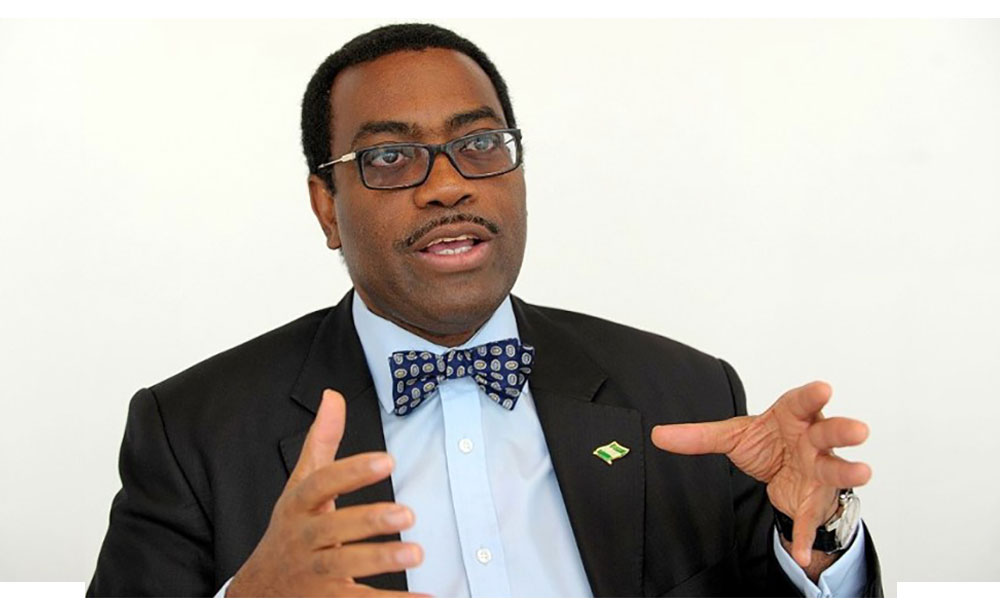Nigeria’s electricity sector confronts a significant capital deficit amounting to roughly N2 trillion ($2.5 billion), necessitating urgent investments to revitalize an industry grappling with challenges in meeting the power needs of its 200 million citizens.
According to reports by Bloomberg, Olu Verheijen, an adviser to President Bola Tinubu on energy, highlighted the industry’s financial strain, emphasizing its need for fresh investments to address distribution challenges faced by households.
The country continues to battle power deficiencies due to pricing disparities, irregular revenue collection, and a deteriorating national grid. The situation forces many Nigerians to rely on generators for their electricity needs, with the national grid only supplying around 1,000 megawatts to cities like Lagos, home to 25 million people. In contrast, a city like Shanghai, with a similar population size, provides over 30,000 megawatts at peak demand.
Verheijen emphasized the necessity for policy reforms to facilitate restructuring, improve capitalization, and attract new investors, without specifying a detailed timeline or plan.
President Tinubu pledged to bolster Nigeria’s electricity supply at the beginning of the year. Efforts towards recapitalization are expected to coincide with tariff adjustments aimed at reflecting actual costs, potentially stabilizing the financial standing of the power sector.
The Nigeria Electricity Regulatory Commission, under government control, sets tariffs, hindering power firms from covering electricity distribution expenses. Consequently, the government subsidizes these firms to bridge the financial gap.
Without tariff revisions, currency devaluation, and rising inflation, the energy subsidies could escalate from 600 billion naira in 2023 to 1.6 trillion naira this year, exacerbating fiscal challenges for the government.
Despite having an installed capacity of 13,000 megawatts for electricity generation, Nigeria struggles to distribute only 4,000 megawatts, underscoring inefficiencies in power distribution.
In comparison, South Africa, despite its economic challenges and frequent power shortages, boasts approximately 52,000 megawatts of capacity, primarily sourced from a state-owned utility grappling with aging infrastructure and financial strain.










